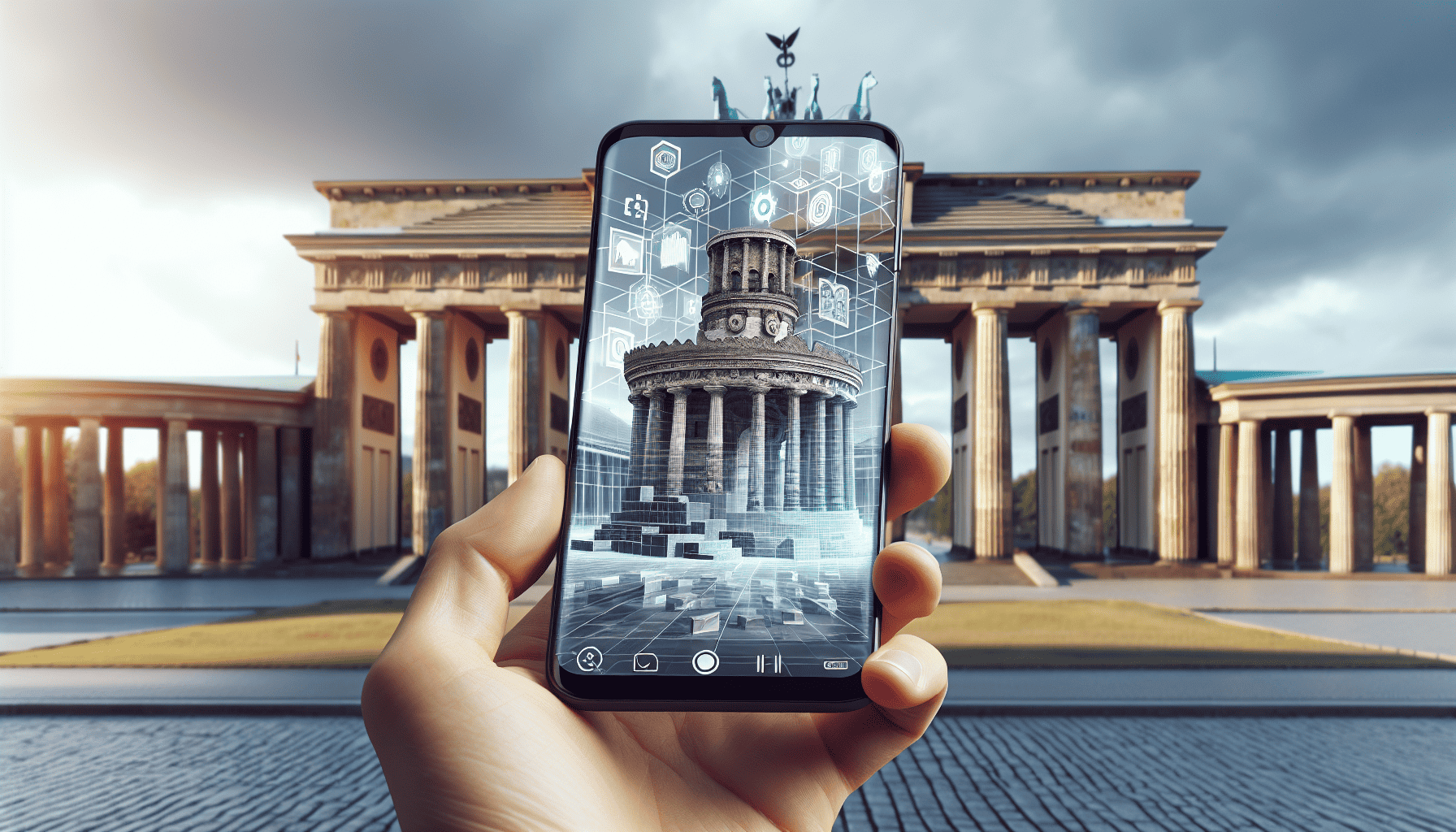Augmented reality (AR) is revolutionizing the way we interact with our environment, seamlessly blending the physical and digital worlds to offer enriched experiences that captivate the imagination. For tourists, AR technology is transforming traditional travel experiences, providing a new lens through which they can explore and engage with destinations in ways that were once imagined only in science fiction.
Imagine standing in front of a historic monument, where instead of merely reading a plaque, your smartphone or AR glasses project a detailed 3D reconstruction of what the site looked like in its prime. You might see towering ancient structures brought back to life, complete with vibrant colors and bustling activity, as if you've stepped back in time. Such experiences are becoming a reality, thanks to the powerful storytelling capabilities of augmented reality.
One of the standout features of AR in tourism is its ability to enhance the educational aspect of travel. Visitors can access layers of information and interactive content simply by pointing their devices at landmarks, artifacts, or even entire landscapes. This can include audio guides, video clips, animations, or even holographic guides that accompany tourists through their journey. This not only makes learning more engaging but also caters to diverse learning styles, whether one is a visual, auditory, or kinesthetic learner.
Beyond historical and cultural education, AR is paving the way for immersive entertainment experiences. For instance, theme parks and museums around the world have begun incorporating AR into their attractions. This can range from interactive exhibits where virtual characters escort guests through an exhibit to treasure hunts that blend virtual clues with real-world locations. These experiences invite tourists to not just observe, but to participate actively, turning sightseeing into an interactive adventure.
Moreover, AR can also serve as a practical tool for navigating unfamiliar locales. By overlaying digital navigation cues on the real world, augmented reality can turn a simple stroll through a city into an exploration of hidden gems. Tourists can receive real-time recommendations for restaurants, shops, or attractions, along with reviews and even augmented previews of menu selections.
Destinations are also leveraging AR to promote local culture by adding a layer of storytelling that brings to life the lesser-known stories of a place. This could include virtual re-enactments of historical events or showcasing local folklore through immersive experiences that pop up as tourists wander through particular sites.
However, the integration of AR into tourism does come with challenges. There are concerns over privacy, data security, and the digital divide that might exclude travelers without access to the necessary technology. Destinations must balance the preservation of natural and historical environments with the introduction of digital enhancements. Plus, there are questions about how AR might affect the authenticity of a travel experience.
Despite these challenges, the potential of AR to enrich travel experiences is vast. As technology continues to advance, the line between the real and the virtual will only continue to blur, creating boundless opportunities for innovation in tourism. Augmented reality is not just a bridge between the real and the virtual; it is an invitation to see the world differently, uncovering stories, experiences, and connections that might otherwise remain hidden. For the modern traveler, this means a journey that goes beyond mere observation, transforming each step into a new chapter of exploration and discovery.
